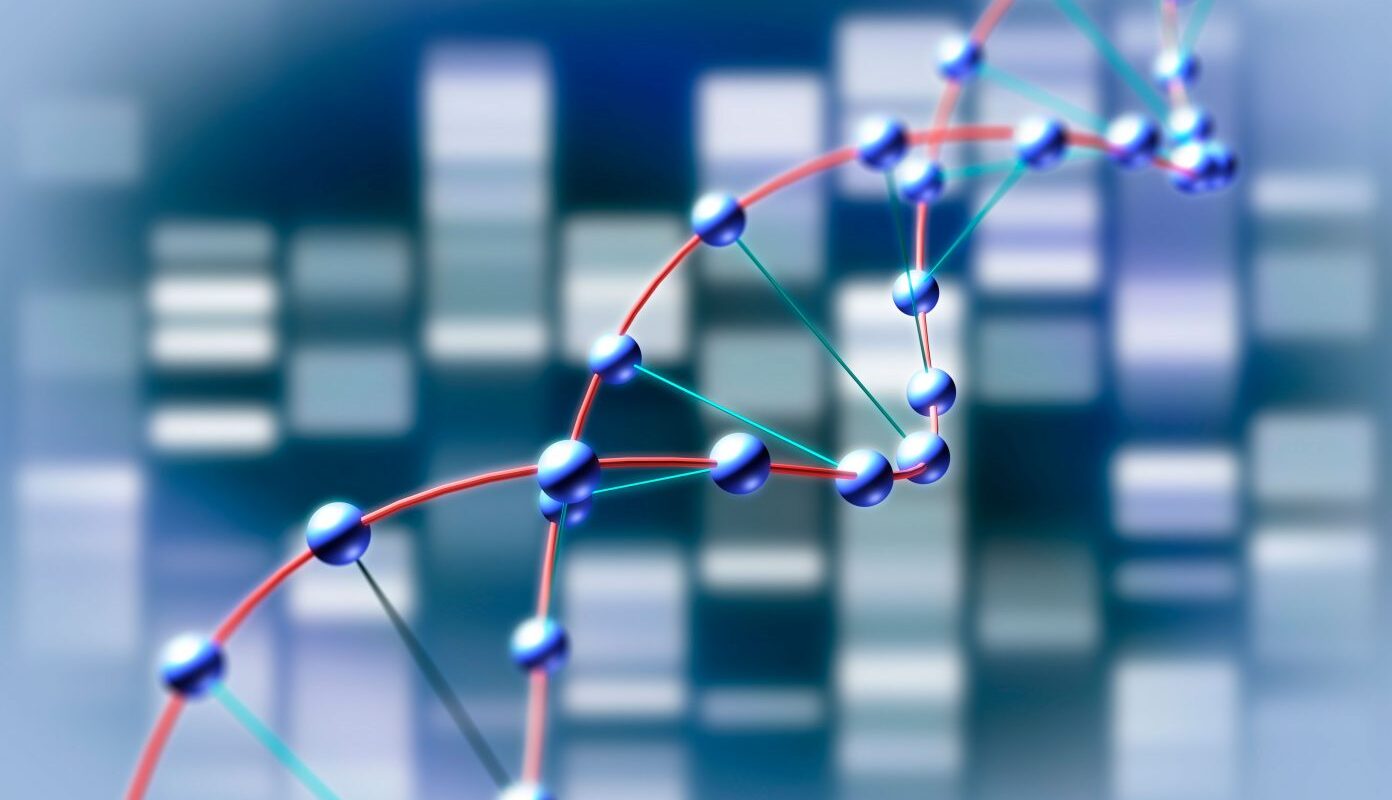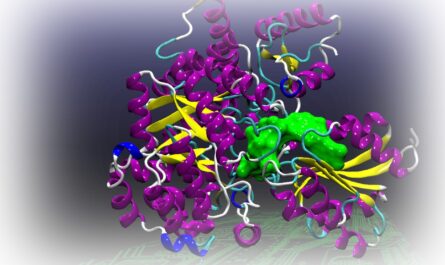DNA sequencing is a technique that has revolutionized our understanding of life at its most fundamental level. By determining the order of nucleotides within a DNA molecule, scientists can glean valuable insights into genetics, evolution, and disease. The development of new DNA sequencing technologies has lowered costs and increased the speed of DNA sequencing exponentially, opening up vast new possibilities for research and medicine.
History of DNA Sequencing
The first complete DNA sequencing of a living organism was achieved in 1995 with the sequencing of the Haemophilus influenzae genome. This marked the culmination of over 20 years of work pioneered by biochemists like Frederick Sanger to develop reliable sequencing methods. Sanger sequencing, also known as chain termination or dideoxy sequencing, became the dominant first-generation technique. It involved PCR amplification of DNA fragments followed by chain termination with dideoxy nucleotides to yield populations of truncated extension products of different lengths that could then be resolved on polyacrylamide gels.
Second-generation sequencing technologies like pyrosequencing and sequencing by synthesis emerged in the mid-2000s. These platforms utilize sequencing by synthesis approaches and are able to perform massively parallel sequencing of millions of DNA fragments simultaneously. This resulted in a dramatic reduction in sequencing costs and opened up whole genome sequencing to wider research applications. Prominent examples include 454 sequencing from Roche and Illumina sequencing, the current market leader.
Third-generation or single-molecule real-time (SMRT) sequencing methods were introduced starting in 2011 by Pacific Biosciences. These platforms can determine the sequence of a single DNA molecule in real-time without the need for amplification or labeling steps. Oxford Nanopore Technologies also commercialized a portable third-generation sequencing platform based on measuring changes in electric current as single DNA molecules pass through biological nanopores.
Current and Future Applications
With rapidly declining costs, DNA sequencing is finding widespread use across scientific disciplines and gaining clinical applications. In research, large-scale genome and population sequencing projects have provided insights into human evolution, genetic diversity, pharmacogenomics, and more. Clinical applications include non-invasive prenatal testing, cancer diagnostics using liquid biopsies, newborn genomic screening, and precision medicine efforts to match patients to targeted therapies.
DNA sequencing is also unlocking the mysteries of microbial communities and host-microbe interactions through metagenomics applications. By sequencing all genomic DNA from an environmental sample in parallel, scientists can characterize entire communities of microbes including novel species that cannot be cultured. This is proving invaluable for studying the human microbiome, antibiotic resistance, bioremediation efforts, and more.
Looking ahead, further cost reductions, portability, and faster sequencing speeds will enable applications like population-scale human whole genome sequencing, real-time pathogen surveillance, portable field sequencing devices, and ultimately true personalized or individualized medicine where a person’s DNA can guide all medical care and decisions. Ambitious large-scale genome projects also aim to sequence all life on Earth to build a genomic encyclopedia of biodiversity to help conserve species and natural ecosystems under threat.
DNA Sequencing Technologies
First-Generation Sanger Sequencing
As mentioned earlier, Sanger sequencing was the first successful method to achieve complete DNA sequencing of a genome. It works by terminating DNA polymerization reaction at specific bases using modified dideoxynucleotide bases. The resulting product fragments of different lengths are then separated by electrophoresis on polyacrylamide gels and detected using fluorescent labels.
This reliable and quantitative technique achieved the first draft sequences of many model organisms but was slow and labor-intensive, limiting it to targeted gene sequencing or smaller genomes. Automated capillary electrophoresis Sanger sequencers helped drastically improve throughput. However, Sanger sequencing still hit scalability bottlenecks and has now largely been replaced by second and third-generation platforms for most applications.
Second-Generation Sequencing Technologies
Pyrosequencing: Developed by 454 Life Sciences (now Roche), this was an early second-generation sequencing approach. It detects pyrophosphate release during DNA synthesis using luciferase fermi chemistry to produce visible light flashes correlated to incorporated nucleotides. This allows massively parallel sequencing-by-synthesis of PCR amplicons.
Sequencing by Synthesis: Commercialized by Illumina (formerly Solexa), this technique uses DNA polymerase to extend pre-attached oligonucleotide primers that are terminated by reversible dye-labeled reversible-termination nucleotide analogs. Copied nucleotides are detected during the sequencing cycle by laser excitation and colorimetric identification before the fluorophore and block are chemically removed. The sequential addition of fluorescently tagged nucleotides enables multiple reads from a single cluster.
Third-Generation Sequencing Technologies
Single Molecule Real-Time (SMRT) Sequencing: Developed by Pacific Biosciences, this approach uses DNA polymerase anchored to the bottom of nanostructures called zero-mode waveguides to synthesize single molecules of template DNA in real time. As each nucleotide is added, a distinctive fluorescent tag is cleaved and the light signal is detected to determine the sequence without any amplification or labeling.
Nanopore Sequencing: Commercialized by Oxford Nanopore, this technique applies an electric field to pass single-stranded nucleic acid molecules through biological nanopores embedded in a membrane separating two electrolyte chambers. As each nucleotide base passes through the pore, it causes characteristic disruptions in the ionic current measured by embedded electrodes to directly determine the sequence without amplification or labeling.
*Note:
- Source: Coherent Market Insights, Public sources, Desk research
- We have leveraged AI tools to mine information and compile it



